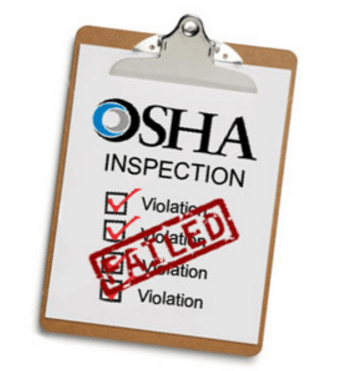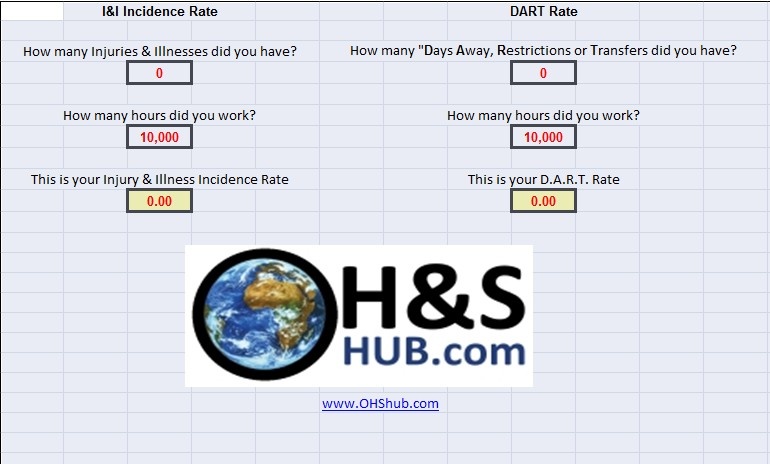Top OSHA Citations for COVID-19 Inspections

Frequently Cited OSHA Standards for COVID-19 Inspections
In conducting COVID-19-related inspections, OSHA has frequently cited employers for violating certain standards. Employers can learn more about those frequently-cited standards and relevant resources in OSHA’s in-depth analysis of Common COVID-19 Citations. Employers must be vigilant to meet all OSHA requirements. The following are examples, to date, of requirements that employers have most frequently failed to follow:
- Provide a medical evaluation before a worker is fit-tested or uses a respirator.
- Perform an appropriate fit test for workers using tight fitting respirators.
- Assess the workplace to determine if COVID-19 hazards are present, or likely to be present, which will require the use of a respirator and/or other personal protective equipment (PPE).
- Establish, implement, and update a written respiratory protection program with required worksite-specific procedures.
- Provide an appropriate respirator and/or other PPE to each employee when necessary to protect the health of the employees (ensuring the respirator and/or PPE used is the correct type and size).
- Train workers to safely use respirators and/or other PPE in the workplace, and retrain workers about changes in the workplace that might make previous training obsolete.
- Store respirators and other PPE properly in a way to protect them from damage, contamination, and, where applicable, deformation of the facepiece and exhalation valve.
- For any fatality that occurs within 30 days of a work-related incident, report the fatality to OSHA within eight hours of finding out about it.
- Keep required records of work-related fatalities, injuries, and illness.
Source: OSHA.gov






